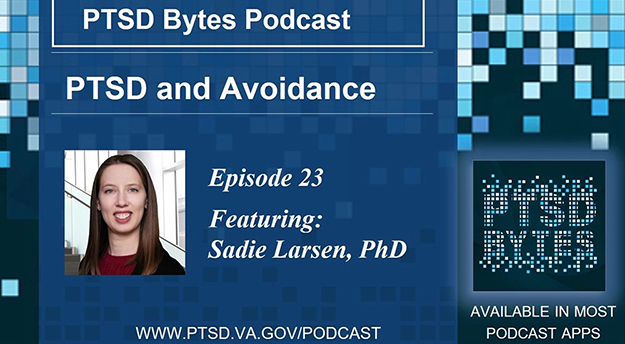What is PTSD-related avoidance?
Avoidance is a natural reaction to a negative experience. If you burn your hand on a stove, you'll avoid touching that stove again. PTSD-related avoidance is when you avoid things that are painful specifically because they remind you of your trauma. There are different types of avoidance, including avoiding thoughts, feelings, people or places.
And there are many different ways you can try to avoid. For example, you might distract yourself with work so you don't think about the trauma. Or you might drink alcohol to numb any negative feelings about the trauma.
PTSD-related avoidance may be hard to recognize. Maybe you stay home at night because it seems a sensible way to stay safe. However, if you used to easily go out at night before the trauma or if other people in your neighborhood are not concerned about safety at night, these are signs that staying home could be PTSD-related avoidance.
How can PTSD-related avoidance be a problem?
While avoidance is an understandable response, PTSD-related avoidance can become a problem. First, you may start by avoiding a specific thing but that avoidance gets larger or generalizes over time. Perhaps you start by avoiding people who remind you of your trauma, and that slowly grows until you're avoiding everybody and end up socially isolated.
Second, by avoiding a painful thing, you never get the chance to learn that you can handle it or that you're stronger than you realize. In other words, avoidance can start to take over your life by interfering with things that are important to you and by keeping you stuck.
What can you do about PTSD-related avoidance?
It can be challenging to face things that you're afraid of or uncomfortable with. However, you can break down what you're avoiding into smaller, easier steps to teach your brain that you are safe. Then you can slowly build up to face more challenging tasks. Over time, you should notice that your anxiety goes down and so will your need to avoid.
Professional help
If you're struggling with PTSD and avoidance, there are effective therapies you can try. Cognitive Behavioral Therapy and trauma-focused therapies like Prolonged Exposure, Cognitive Processing Therapy, and EMDR are designed to help you face things that are hard to face.
Digital tools
The PTSD Coach mobile app can help with avoidance. The RID (Relax, Identify, Decide) tool can help you cope if you're triggered by a trauma reminder. It walks you through a relaxation exercise and helps you identify what triggered you. It also helps you recognize that even though you were reminded of the trauma, you are safe right now.
PTSD Coach mobile app: https://www.ptsd.va.gov/appvid/mobile/ptsdcoach_app.asp
The RID tool then guides you in deciding what to do to manage your anxiety in the moment. You can also learn more about avoidance in the "Learn" section of the app, which covers topics such as social isolation. The National Center for PTSD website also has information about PTSD and avoidance.
If PTSD-related avoidance is interfering with the life you want to live, know that you're not alone and that there are many resources available to help you on the path to recovery.
Additional links
- Online PTSD Treatment Decision Aid here.
- More information about PTSD and its treatments on the National Center for PTSD website here.
- More PTSD Bytes episodes here.
If you are a veteran who is experiencing a crisis or supporting a loved one who is, dial 988 then press 1 for immediate assistance, or chat online at VeteransCrisisLine.net/chat.





Read Comments